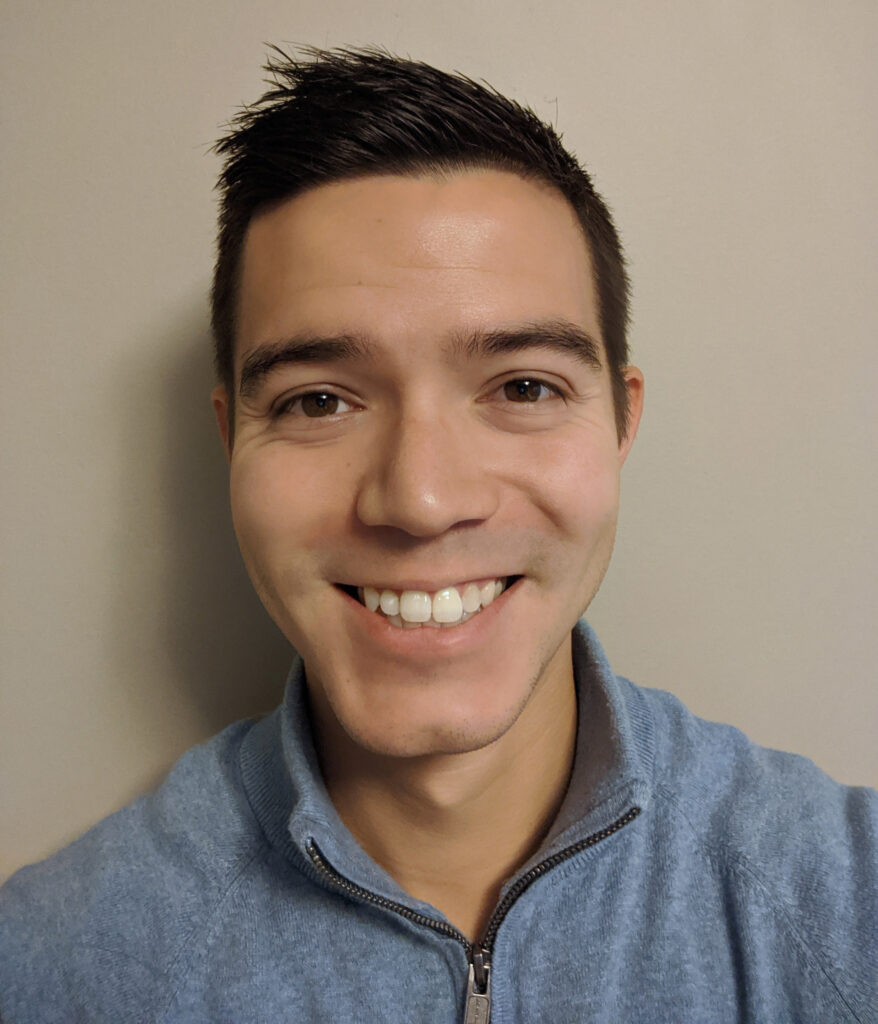A Single Class Paved the Way for MSE Alumnus Ryan Noraas to Discover His Field of Study
By Ben Crnic
During his time at UConn, MSE alumnus Ryan Noraas decided to take MSE 5310 DFT Materials Modeling, and became fascinated with predicting fundamental material properties using atomistic simulations. This budding interest carried him to the field of machine learning and artificial intelligence, and ultimately led him to his current projects in his position at Pratt & Whitney. He is currently a staff engineer in the Materials and Processes Engineering lab.
“Sometimes, all it takes is a single spark to help you find a field of study,” Noraas said.
At Pratt & Whitney, Noraas works with the United Technologies Research Center (UTRC) on projects related to machine learning algorithm development. He also focuses on materials modeling and quantification of process-microstructure-property relationships for jet engine applications, especially with titanium and nickel-based superalloys. He enjoys the teamwork that comes with the position, in addition to the flexibility to work in a wide variety of interesting projects.
“In general, most of our engineers are in a unique position to not only develop technology for the future, but also to support critical production and field issues as they arise. It’s an interesting work environment that always keeps you on your toes. It provides a unique opportunity to network and learn about many different materials systems,” Noraas said.
Noraas cites UConn’s proximity to Pratt & Whitney as a reason for choosing the school to complete his master’s degree.
“Pratt & Whitney and UTC have a great working relationship with UConn, so it was a natural choice,” Noraas said. He graduated from UConn in 2016 with a Masters in MSE, and his advisor was MSE Department Head Bryan Huey.
Similar to the way he discovered machine learning, Noraas can trace his introduction to MSE to a single experience that ignited his passion for the subject. During a high school field trip to Pennsylvania State University, he witnessed an experiment where two heat-treated ball bearings, one rapidly quenched and one cooled in a furnace, were dropped simultaneously on a solid surface. The furnace-cooled bearing bounced once or twice before coming to rest and produced a dull sound upon impact, while the quenched bearing bounced up and down like a rubber ball and produced a high pitched ring. The starkly different effects of heat treating provoked Noraas’s interest, and from that day on he knew he was to be an MSE major.
He encourages current MSE students to take a wide variety of classes with topics that may be unfamiliar to them, as they may find a new direction just as he did with machine learning through taking MSE 5310.
“One of my favorite quotes is ‘You don’t know what you don’t know.’ So strive to keep learning, and try new things–you may discover entire fields of study and opportunities that were ‘invisible’ or unknown to you at the time,” Noraas said. He also has some more specific, practical advice for MSE majors:
“Learn how to code. Materials engineers work with a ton of different types of data, so learning how to code and automate things with Python or Matlab will assuredly save you and your company a lot of time and money,” Noraas said.
Published: June 4, 2020
Categories: alumni, industry, news
Available Archives
